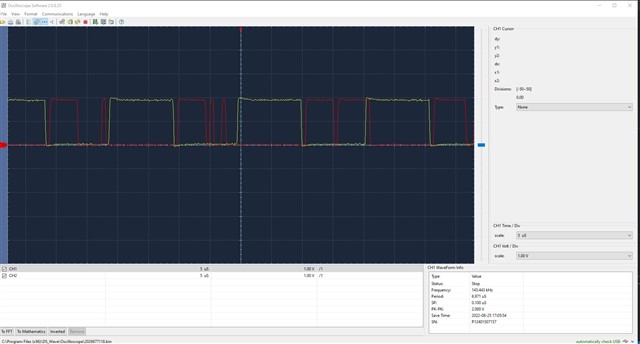Hallo Team,
We are planning to use nrf5340 for one of our project which requires low energy audio and sensor data transfer. Can you please evaluate if our use case is possible with existing / upcoming revision of the nrf connect SDK?
I have already tested nrf5340 audio DK. Right now I am trying to connect an external hardware audio codec to reproduce stereo audio. We need a common headphone solution. (Microphone input is also required, but however I understand that it takes some time and cannot be implemented with the existing nrf connect release ncs v 2.0.2).
We are designing a headphone which should be able to communicate with multiple peripheral sensors apart from the smart phone (These are standalone ble sensors which transfer sensor data at 64 Hz. I am aware that we have to wait for android 13 release or higher for LE audio streaming) So apart from audio streaming, the headphone should also be able to collect sensor data from four peripheral ble sensors. There should be separate service and characteristics available to transfer the collected sensor data to mobile phone along with audio streaming.
So we need a solution where our headphone should acts as both central (where it collects sensor data from 4 peripheral ble sensors) and peripheral (connected to mobile phone for audio streaming). The sensor data should also be transferred to mobile device along with audio streaming. Is this supported at the moment? Can this be accomplished?
Would it be possible for an android device to act as a central device where it can collect data from four ble sensors and stream audio to the headset at the same time? Then there is no need to have extra complication (central and peripheral role) at the headset end. Would this be possible?
I would highly appreciate your suggestions and solutions.
Thank you for your time.
Best regards,
Adarsh



